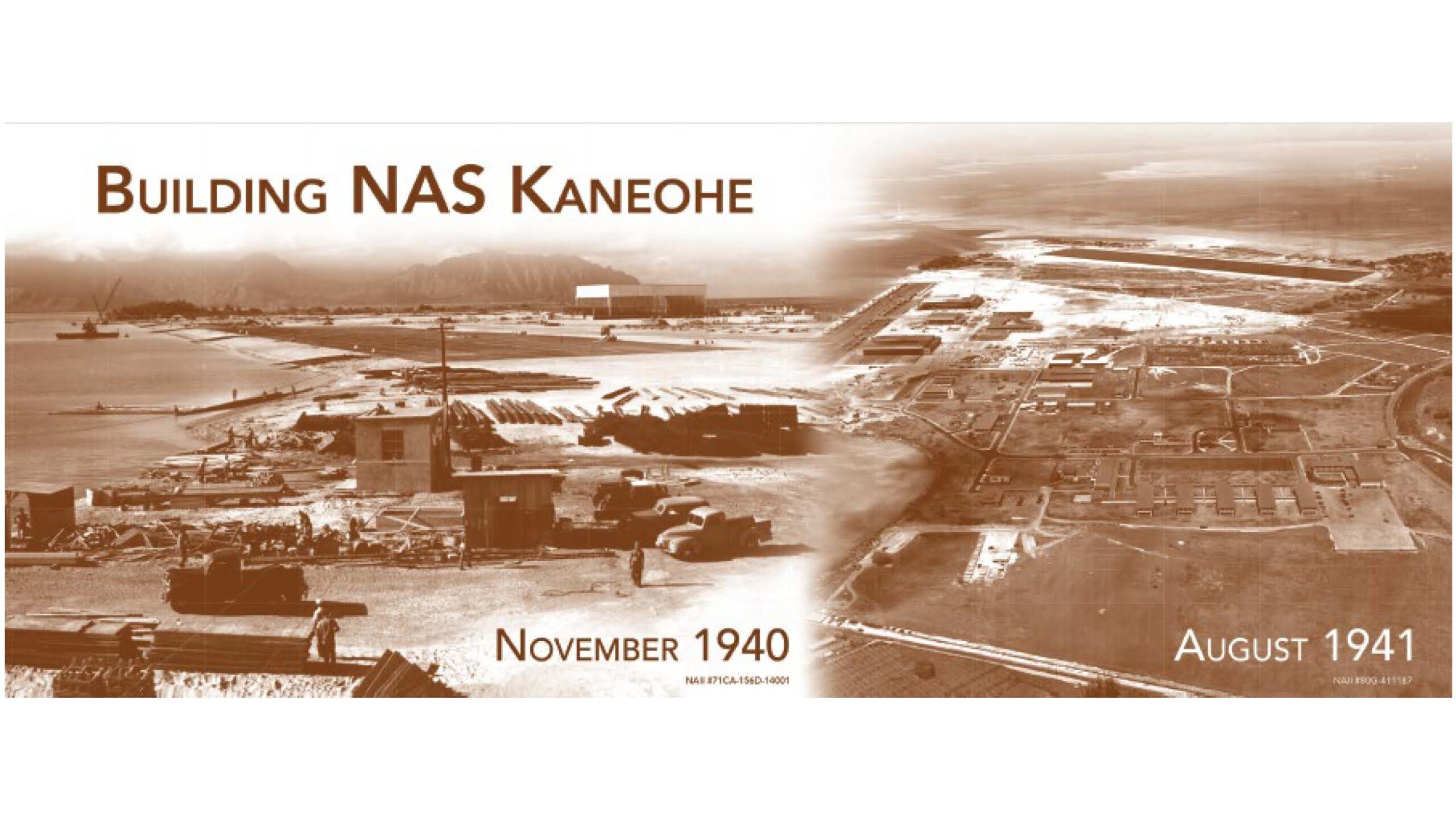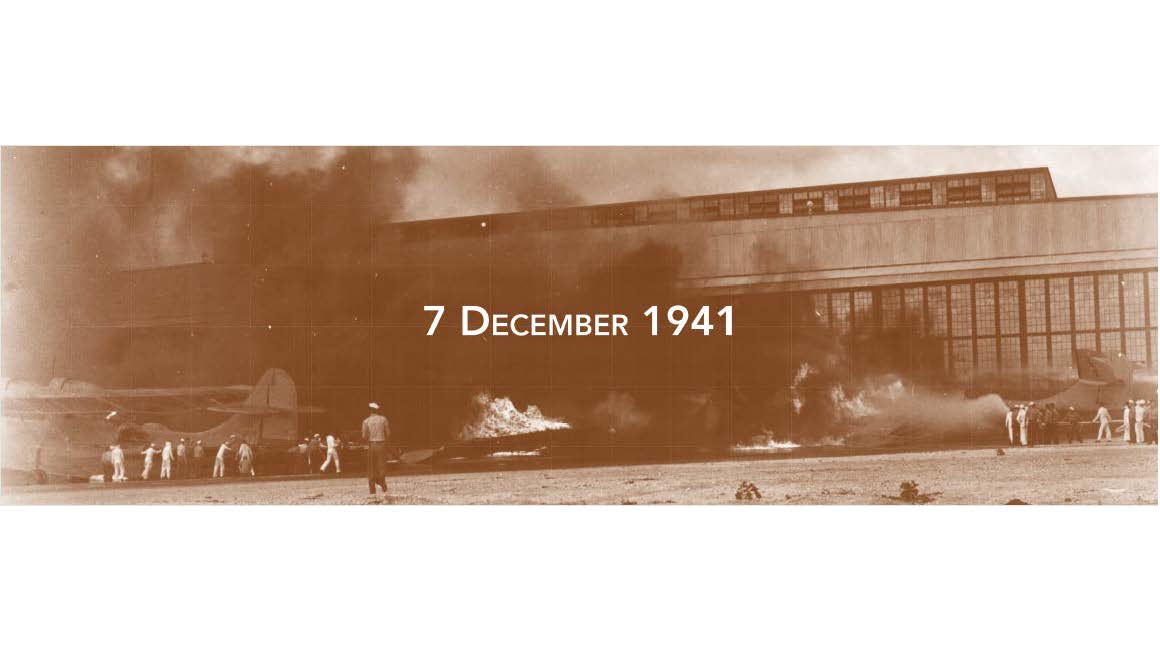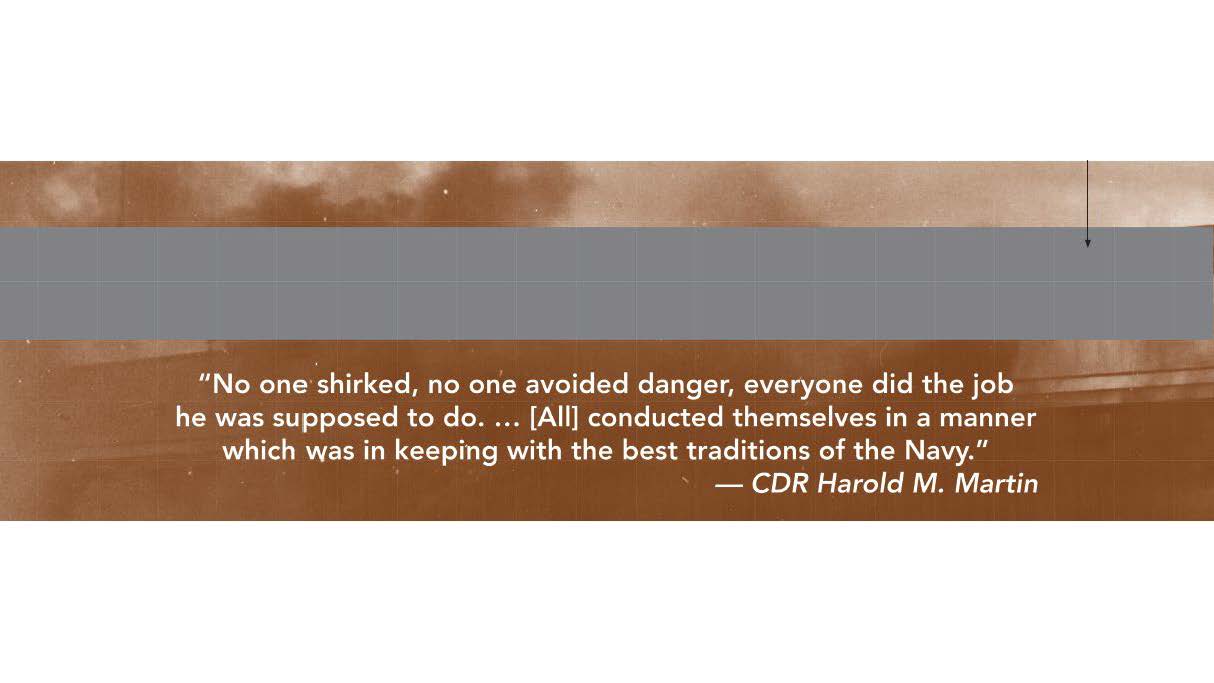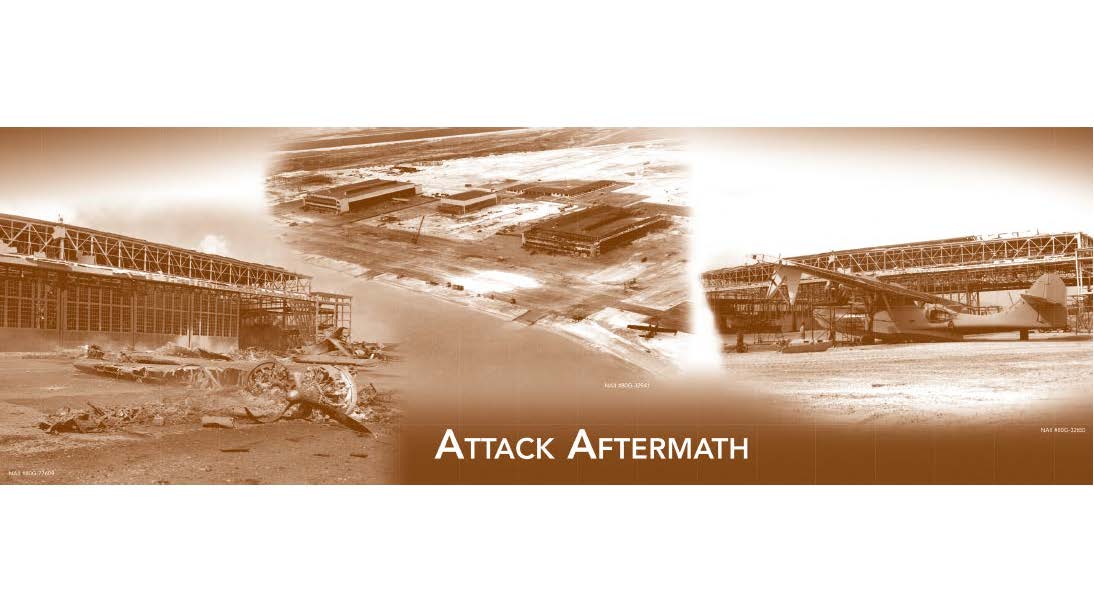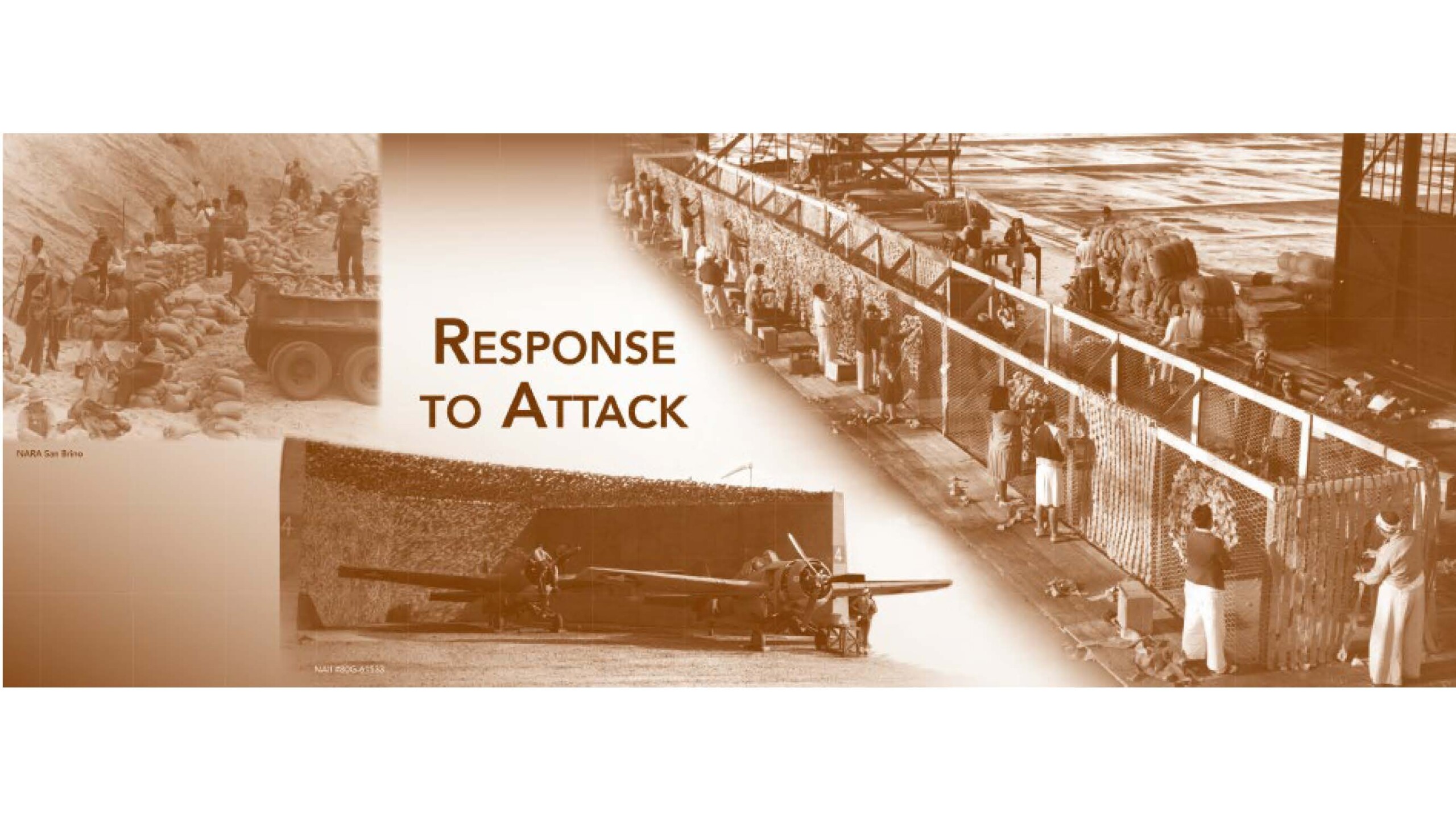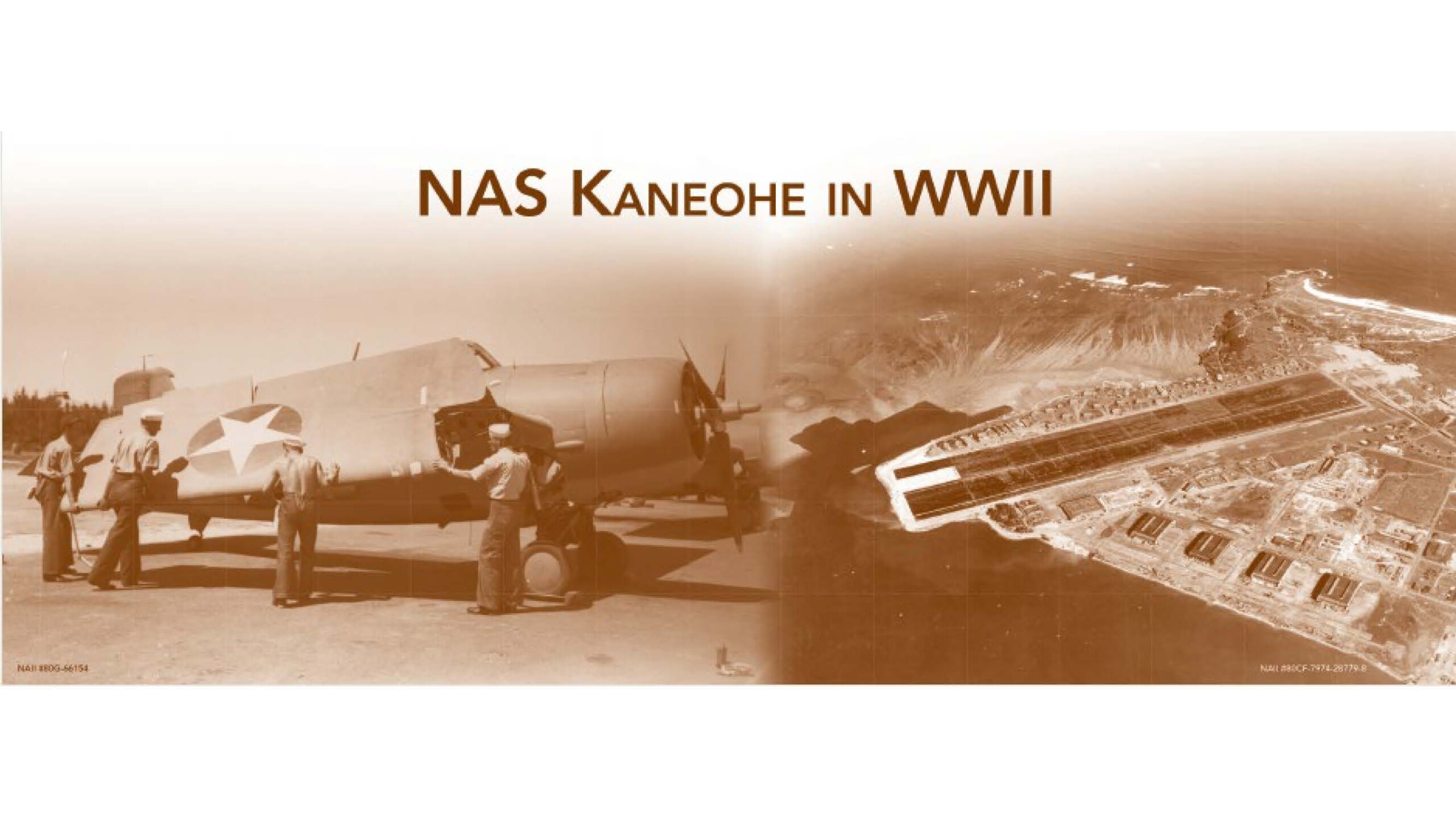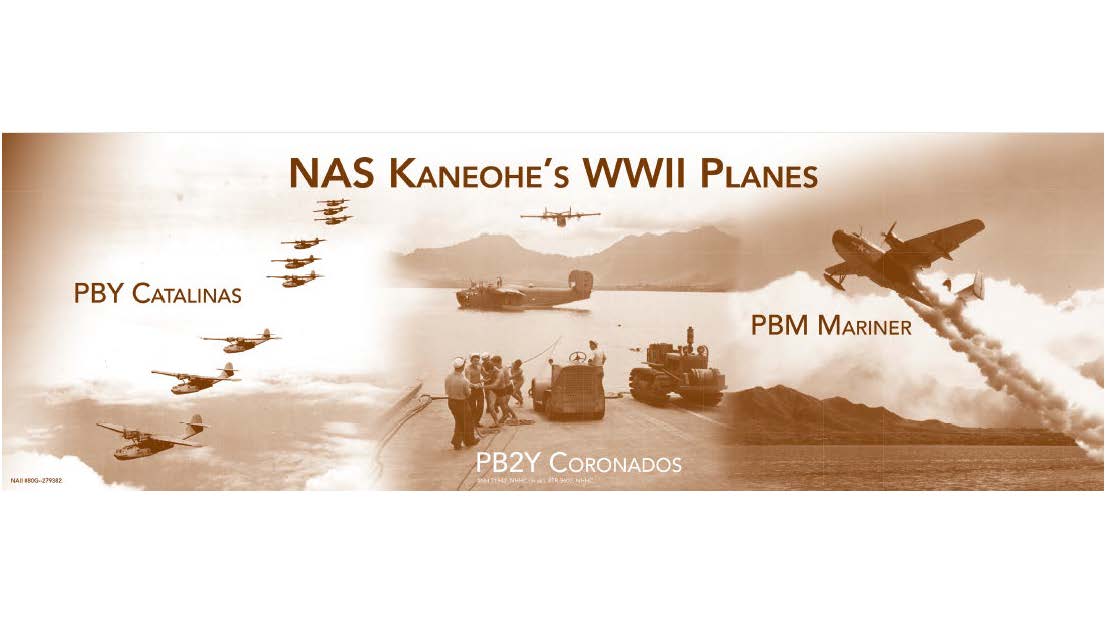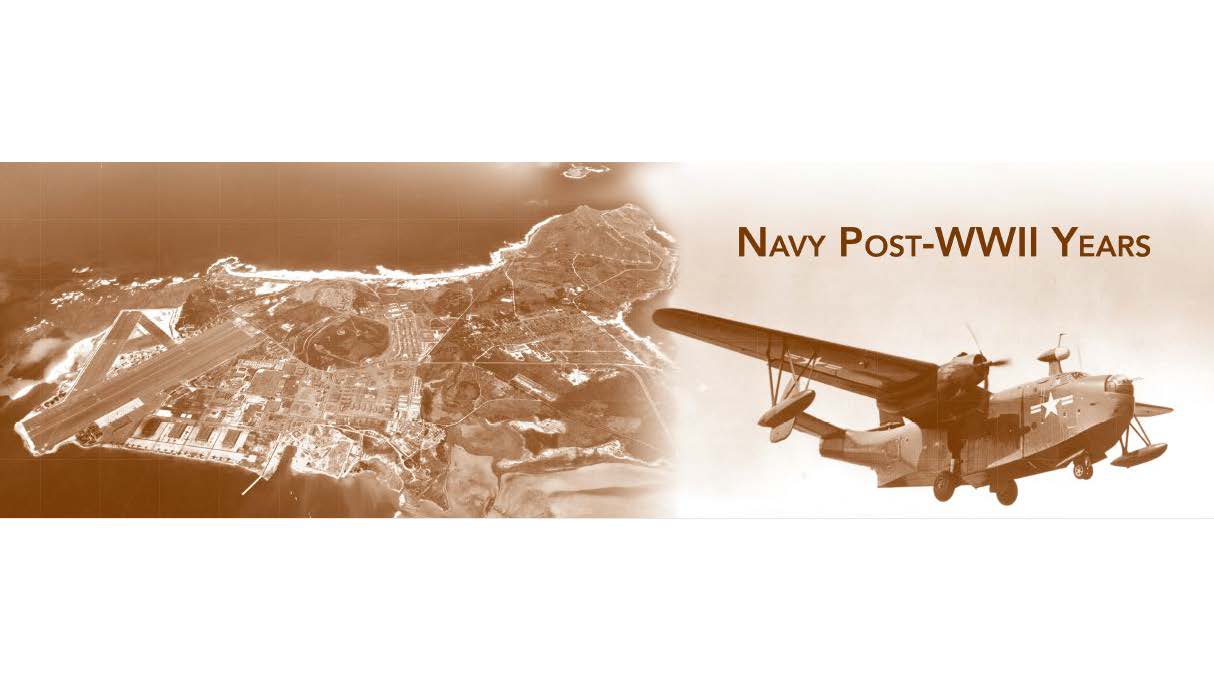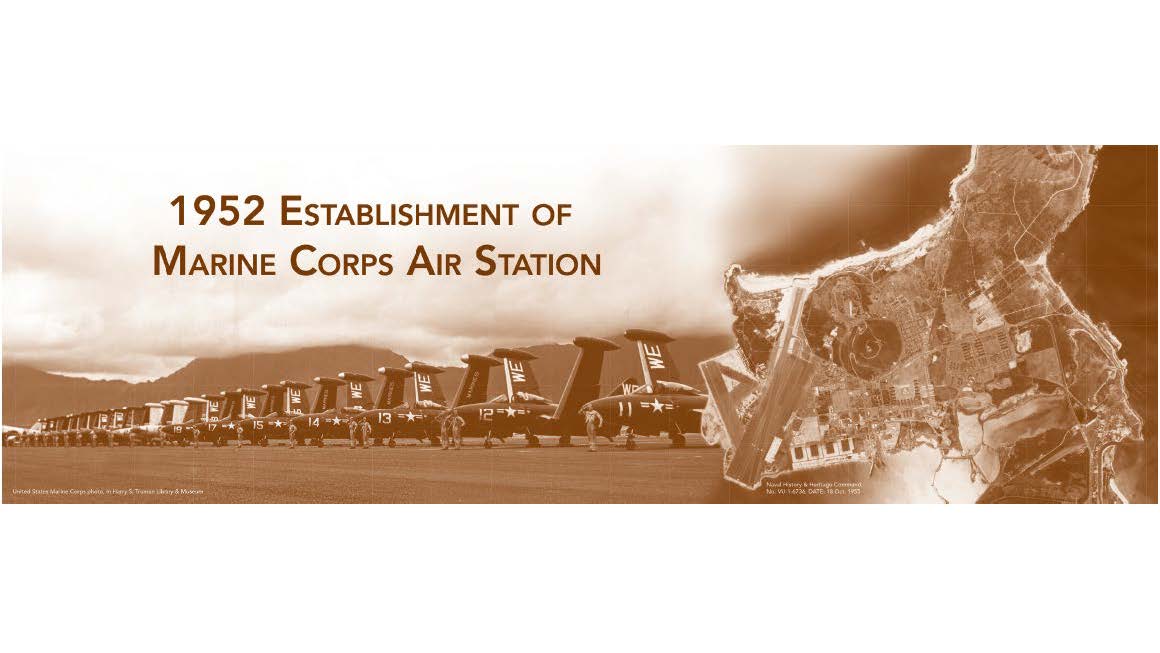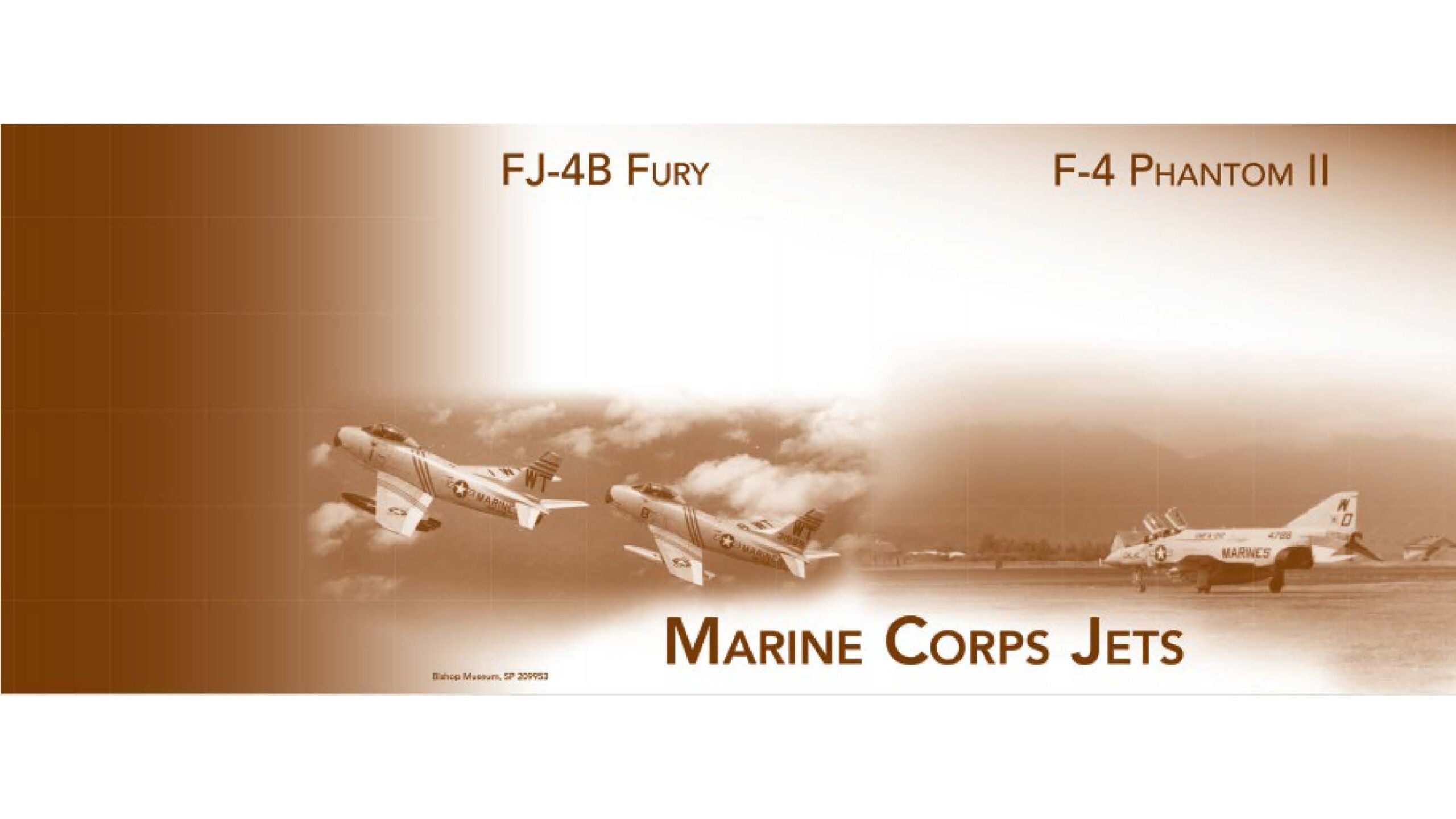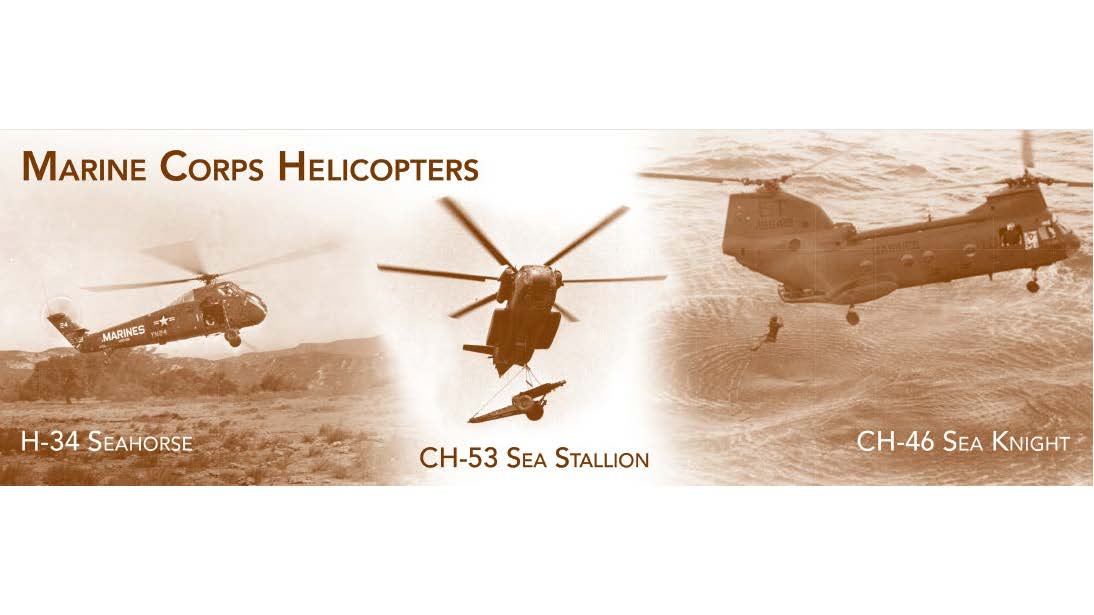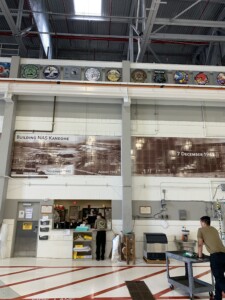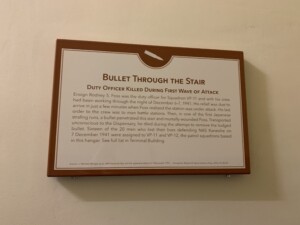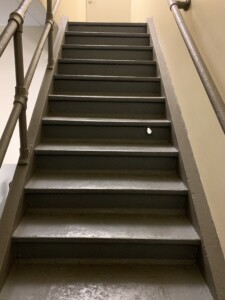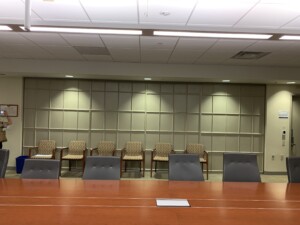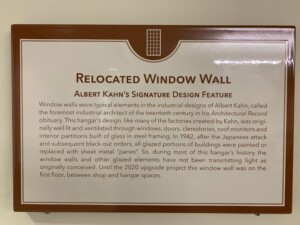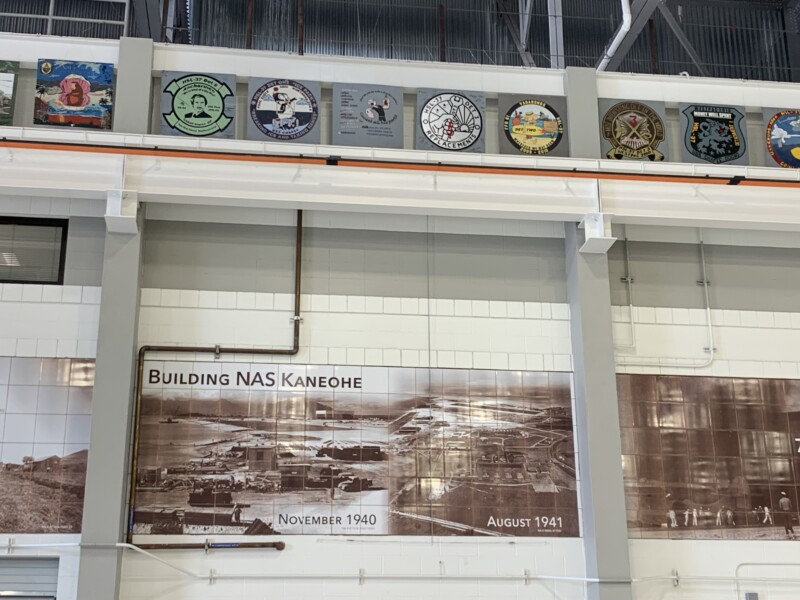
Kāne‘ohe Landmark Shares History of World War II Battle and Aftermath
By June Noelani Cleghorn, Senior Cultural Resources Manager, Marine Corps Base Hawai‘i
On an early quiet Sunday morning on Windward O‘ahu, the Naval Air Station (NAS) Kāne‘ohe commander, Naval Commander (CDR) Harold Martin, was at his home overlooking Mōkapu peninsula’s north shore sipping coffee when his young son commented on the low flying airplanes with red circles on their sides coming towards the runway below their house.
CDR Martin dropped his coffee cup and ran out to his car, not changing out of his pajamas, on this December 7, 1941 morning to head to his office while hearing the first bombs dropped by Japanese attack aircraft land on NAS Kāne‘ohe Hangar 1. Also targeted that day were the Navy’s PBY Catalina reconnaissance seaplanes on the tarmac adjacent to Hangar 1 and moored in Kāne‘ohe Bay. This attack at NAS Kāne‘ohe occurred only eight minutes before the bombs dropped at Pearl Harbor.
In 1987, more than four decades later, Marine Corps Base Hawaii (MCBH) listed Hangar 1, its aircraft parking areas and taxiways, and five seaplane ramps in the National Register of Historic Places as a National Historic Landmark (NHL) in recognition of its national significance as the Japanese target on December 7, 1941, that, combined with the Pearl Harbor attack, triggered the United States’ entry into World War II (WWII).
MCBH has continued to use and reuse its NHL to support Marine Corps and Navy aviation assets ever since NAS Kāne‘ohe changed to Marine Corps Air Station (MCAS) Kāne‘ohe in 1952 and then later in 1994 when Marine Corps assets in Hawai‘i were consolidated into the current base.
In 2012, the first 21st Century Marine Corps aviation assets at MCBH were upgraded with planning for the arrival of two new aircraft squadrons, the MV-22 tilt-rotor Osprey aircraft and the HMLA light attack Cobra and Huey helicopters. Marine Corps began a multi-million dollar Military Construction project (known at P-863) to renovate and upgrade Hangar 1 to support these and other modern aircraft.
Along with upgrading all hangar utility systems (e.g., fire suppression, plumbing, electrical, fiber optics, etc.) and reinforcing the hangar’s structural metal frame and crane systems, MCBH cultural resources managers worked with the National Historic Preservation Act Section 106 consulting parties—including Historic Hawai‘i Foundation—on developing and installing an extensive interpretive display inside Hangar 1 that would tell the story of Hangar 1 and NAS Kāne‘ohe in WWII.
In Summer 2023, nine large scale porcelain ceramic tile murals were completed and installed inside the hangar’s centerline building exterior walls. The murals are of historic photographs that depict the use of Mōkapu peninsula by Hawaiians who inhabited the peninsula as early 1400-1600 A.D., through ranching and farming in the early 1900s, the historic events of the December 7, 1941 attack and its aftermath, ending with different aircraft housed in Hangar 1 in the decades following WWII. (MCBH Hangar 1 murals reflecting these three periods/events below.)
Accompanying the murals are smaller signs, placed below each mural, that provide written descriptions of the images seen on the murals. The murals and signs were designed by Alchemy of Design with historic research by Mason Architects. HHF and other consulting parties provided design review and comment at key points in the project.
The land use history of Mōkapu peninsula, including the story of the NAS Kaneohe December 7, 1941 attack and its role in WWII in the Pacific is not readily known. This Hangar 1 interpretive display is only the beginning of actively sharing this story, not only with Marine Corps and Navy aircraft squadron personnel assigned to Hangar 1 but also with the many “publics” who live on and access the MCBH Kāne‘ohe Bay installation.
- MCBH Hangar 101 mural installed.
- Hangar 101 descriptive signage wall plaque for “Bullet Through the Stair” .
- Hangar 101 Bullet through the Stair.
- June Cleghorn and Wendy Wichman, MCBH Cultural Resources Management staff.
- Hangar 101 Kahn Window Wall relocated.
- Hangar 101 descriptive signage wall plaque for the Kahn Window Wall.
This article was originally published in the Historic Hawai‘i News, October 2023.



